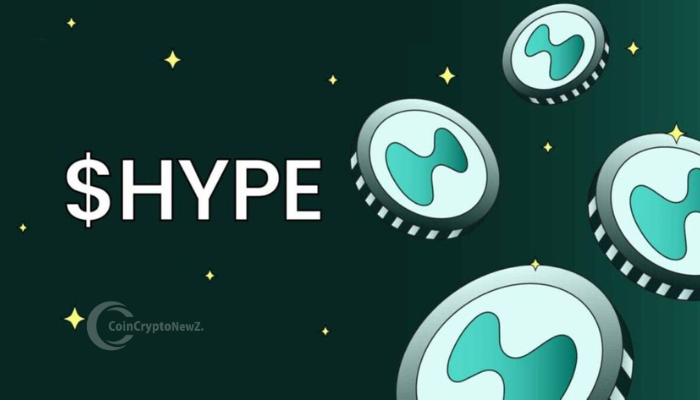- Ripple CEO estimates that XRP Ledger may take up to 14 percent of the global liquidity market currently occupied by SWIFT by the year 2030, basing his arguments on speed and cost effectiveness.
- The volume of payments made in XRP has skyrocketed by 1,300%, and it is because of almost instantaneous settlements and increasing institutional use cases.
- Nevertheless, Ripple has scalability and regulatory issues to overcome despite its technical indicators in an attempt to break the dominance of SWIFT.
Ripple CEO Brad Garlinghouse has asserted that the XRP Ledger (XRPL) may capture 14 percent of the global liquidity market currently occupied by SWIFT in five years. Appearing at the XRP Ledger Apex 2025 conference in Singapore, Garlinghouse underlined that Ripple is focused on enhancing liquidity solutions to facilitate cross-border payments. He said that SWIFT may have won the messaging battle, but absolute power is in liquidity, which is the category Ripple wants to dominate.
A broader vision of Ripple revolves around using the XRPL to offer quicker, cheaper cross-border transactional solutions. Garlinghouse said that the redefinition of international value transfers will rely on moving the control of messaging to liquidity. This model disrupts the traditional banking system, which can take days to clear payments and is quite expensive.
Institutional emphasis and Affordability
Ripple is institutionally focused. It provides on-demand liquidity by using XRP as a bridge currency to enable cross-border settlements in seconds rather than days. This model is opposed to old systems such as SWIFT, which could involve several intermediaries and long processing times.
The confirmation of XRP transactions usually takes a few seconds, which is a major benefit compared to 1 -5 business days offered by traditional systems. The saving in time and costs of transaction offers a strong alternative to financial institutions with high volumes. This has seen the XRPL gain significant usage with XRP payment volume rising by 1,300 percent over the past few months to hit $4.11 billion.
Challenges and Market Outlook
Ripple’s aspirations are big. The world SWIFT cross-border payment system is easily the most utilized system and has decades of institutional integration and regulatory coordination. Ripple will be forced to show how the XRPL can be scaled efficiently without losing its regulatory compliance in diverse financial jurisdictions.
Moreover, reputable members of the XRP community have disproved rumours concerning the topic of Ripple integrating or collaborating with SWIFT.
XRP community members have debunked rumours about Ripple partnering or integrating with SWIFT. No partnering has been officially announced, and the present activities seem to be aimed at developing Ripple’s stand-alone infrastructure.
Ripple CTO David Schwartz also complained about the complexities of auditing related to financial transactions. To achieve greater institutional acceptability, he noted that the transparency and traceability of blockchain-based transactions should satisfy regulators’ expectations.
Technical Indicators back the Strength of XRP
The technical view of the XRP/USDT chart remains strong. In early 2025, XRP broke out strongly and trades above $2.20. The MACD indicator is bullish, and the Relative Strength Index (RSI) indicates the potential of making more profits.
Source: Tradingview
The market has been consolidating, which might indicate that it will continue moving up as long as positive sentiment and volumes are maintained. With its strategic entry into the liquidity markets, Ripple makes the XRPL a competitor in transforming the cross-border capital flow.
Disclaimer: The information in this press release is for informational purposes only and should not be considered financial, investment, or legal advice. Coin Crypto News does not guarantee the accuracy or reliability of the content. Readers should conduct their own research before making any decisions.







